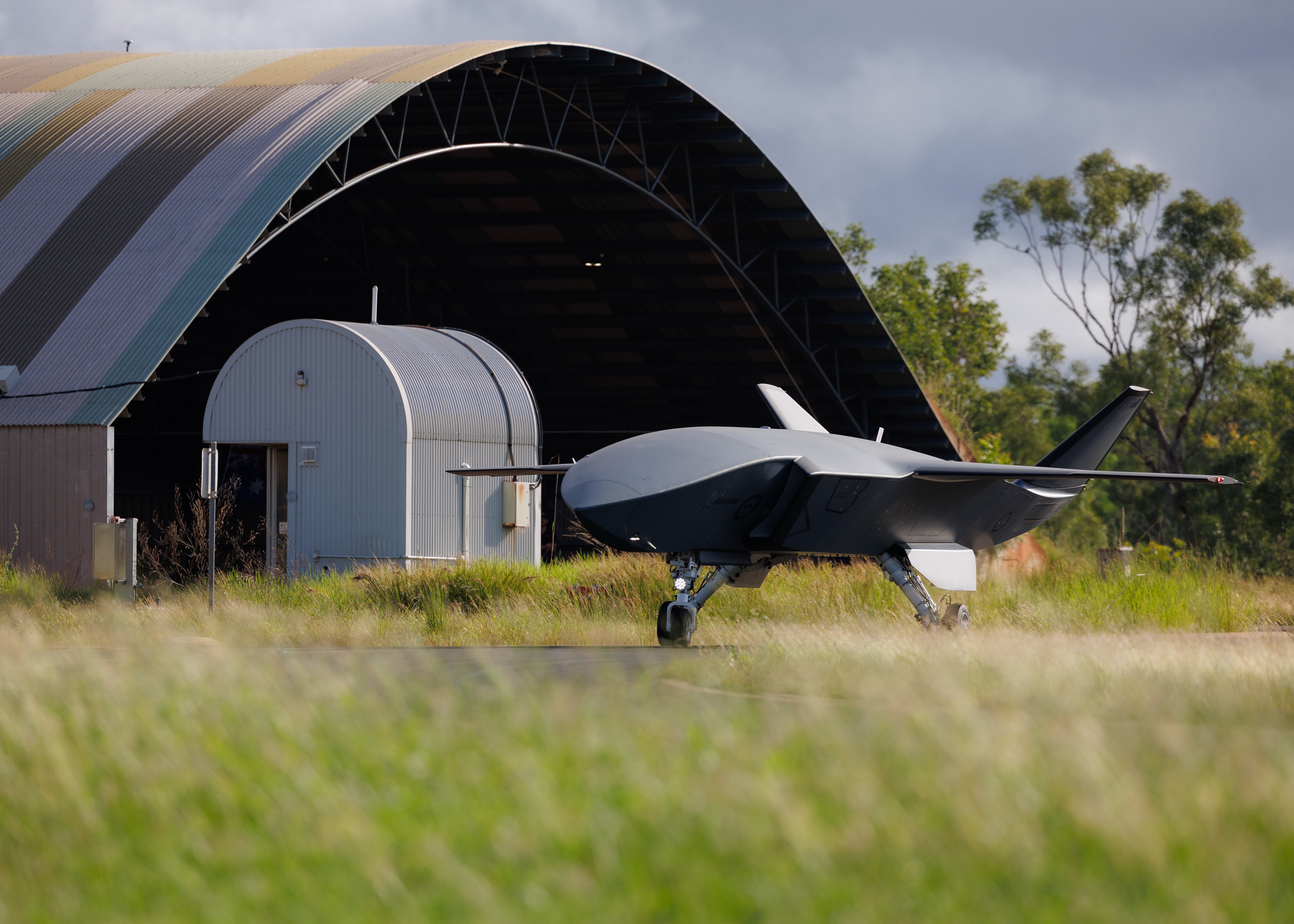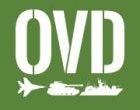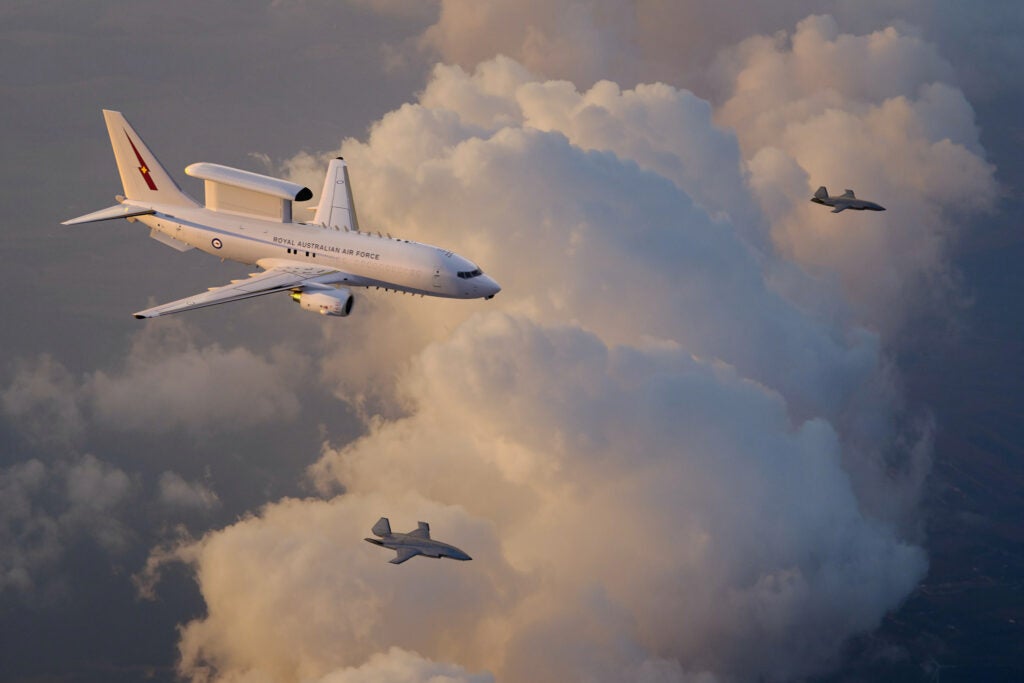RAAF and Boeing Collab to use E-7 as a Drone Mothership
The Royal Australian Air Force (RAAF) collaborated with Boeing to conduct a unique manned-unmanned teaming demonstration involving an RAAF E-7A Wedgetail that took control of two MQ-28A Ghost Bat unmanned air combat vehicles. A June 16 press release detailed that both aircraft were controlled by a single operator aboard the E-7A who also commanded a third simulated aircraft.

This capability to have a single operator command multiple aircraft is critical to Australia and the United State’s goal to develop unmanned wingmen to fight alongside traditional fighter aircraft. Flying and fighting in a combat aircraft is mentally taxing as it is without the additional strain of having to manage a second aircraft much less a third. Semi-autonomous technology is critical to reducing that burden and the Boeing/RAAF demo showed that software is approaching levels where a single operator can readily manage 3 aircraft, albeit not while flying the aircraft they’re sitting in.

The unmanned wingmen were originally seen as being complements to fighter units, however, this demo shows that collaborating with other types of aircraft is also a key capability. In the case of the E-7A Wedgetail it’s massive sensor enables it to work effectively as a ‘quarterback’ managing the robot aircraft from a long distance while staying safe from any threats. With a crew of up to 10 mission system operators there is an opportunity for the E-7A to serve as a sort of drone mothership that can manage a small fleet of drones and can hand them off to other platforms like F-35s when those pilots need them.
In the press release Boeing mentioned it intends to conduct similar experiments with the two seat F/A-18F as well as the single-seat F-35A. This will tax the autonomy software even further and help prove out the unmanned wingman concept. While the demo was conducted in Australia by the RAAF there was a great deal of participation by the USAF. The software involved was developed by a team consisting of Boeing Australia, Australia’s Defense Science and Technology Group, as well as the US Air Force Research Lab. This demo also proved out the E-7A’s digital open systems architecture that allowed novel autonomy and control systems to be easily integrated into the aircraft.

